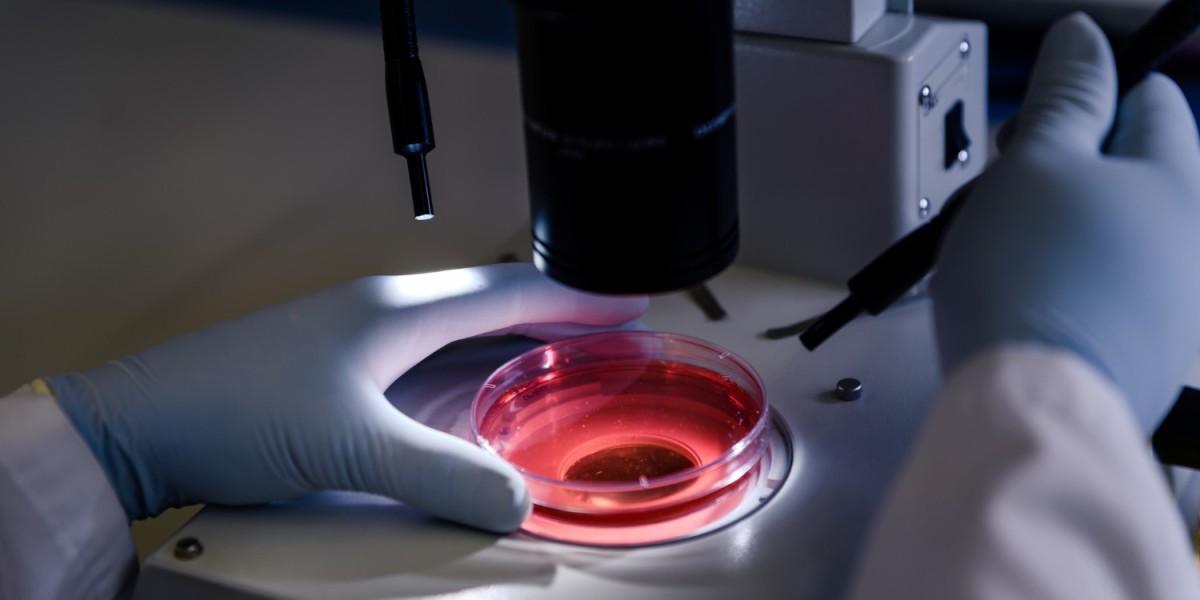Advancements in medical research and technology have revolutionized the field of oncology. With a deepening understanding of cancer biology, healthcare professionals now have access to sophisticated tools for cancer diagnosis and treatment. One such tool gaining increasing prominence is Minimal Residual Disease (MRD) testing. This cutting-edge technique allows doctors to detect and monitor residual cancer cells in patients, enabling personalized treatment plans and improved patient outcomes. In this blog, we will explore the concept of MRD testing, its significance in cancer management, and its potential impact on patient care.
What is MRD Testing?
MRD testing refers to the analysis and quantification of residual cancer cells in a patient's body after completing cancer treatment. Even after achieving remission, small numbers of cancer cells can remain undetected. MRD testing utilizes highly sensitive laboratory techniques, such as polymerase chain reaction (PCR), flow cytometry, next-generation sequencing (NGS), or a combination of these methods, to detect and monitor these residual cancer cells.
Significance of MRD Testing
Early Detection: MRD testing allows for the detection of residual cancer cells at levels far below the threshold of conventional diagnostic methods. It provides an early indication of disease recurrence, often before any clinical symptoms manifest. This early detection enables prompt intervention and can significantly improve treatment outcomes.
Treatment Monitoring: MRD testing plays a vital role in monitoring the response to cancer treatment. By assessing the effectiveness of therapy, doctors can make informed decisions regarding treatment modifications, including intensifying therapy for patients at a higher risk of relapse or reducing treatment intensity for those with a favorable response.
Prognostic Value: MRD testing provides valuable prognostic information. The level of residual disease detected after treatment is directly correlated with the risk of disease relapse. Patients with undetectable MRD have a significantly better prognosis compared to those with detectable MRD, as they are more likely to achieve long-term remission.
Personalized Treatment: MRD testing enables the tailoring of treatment strategies to individual patients. By identifying patients at higher risk of relapse, healthcare providers can offer intensified treatment options, such as targeted therapies or stem cell transplantation. Conversely, patients with a low risk of relapse may be spared from unnecessary treatment interventions, reducing potential side effects and improving their quality of life.
MRD Testing in Different Types of Cancer
MRD testing has shown promise in various types of cancers, including acute lymphoblastic leukemia (ALL), acute myeloid leukemia (AML), multiple myeloma, chronic lymphocytic leukemia (CLL), and some solid tumors. It is especially relevant in hematological malignancies, where the presence of residual disease can be assessed through bone marrow sampling. In solid tumors, MRD testing is still a developing field, but its potential applications hold great promise for refining treatment strategies.
Future Directions and Challenges
As MRD testing continues to evolve, efforts are being made to standardize techniques and establish universal guidelines for its implementation. Integration of MRD testing into routine clinical practice poses several challenges, including the availability of standardized assays, cost considerations, and access to specialized laboratories. Additionally, further research is needed to explore the clinical implications of MRD testing in different cancer types, its optimal timing, and the significance of specific MRD thresholds.
MRD Testing Market Overview
The MRD testing market has experienced significant growth in recent years, driven by the increasing adoption of precision medicine approaches in cancer management.
According to BIS Research, The global MRD Testing Market is projected to reach $6.67 billion by 2033 from $1.47 billion in 2022, growing at a CAGR of 14.81% during the forecast period 2023-2033.
The market encompasses various technologies and assays used for detecting and monitoring minimal residual disease in cancer patients. Factors such as the rising incidence of cancer worldwide, advancements in laboratory techniques, and the growing need for personalized treatment strategies have contributed to the expansion of the MRD testing market. Additionally, the development of novel MRD testing methodologies and the integration of next-generation sequencing and other high-throughput technologies have further propelled market growth. With ongoing research and development efforts, collaborations between diagnostic companies and pharmaceutical manufacturers, and a focus on standardization, the MRD testing market is expected to witness continued expansion, catering to the increasing demand for accurate and reliable monitoring of residual disease in cancer patients.
Get a Free Sample Report - Click Here
Conclusion
Minimal Residual Disease (MRD) testing represents a groundbreaking advancement in cancer management. By detecting and monitoring residual cancer cells, this powerful tool allows for personalized treatment decisions, early intervention, and improved patient outcomes. As technology continues to advance and research progresses, MRD testing is poised to play a crucial role in the future of cancer care, offering hope to patients and oncologists alike.








